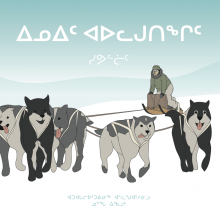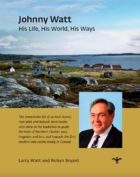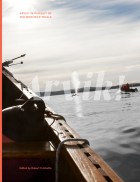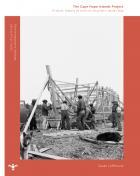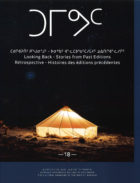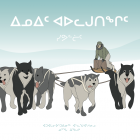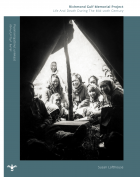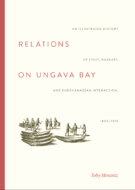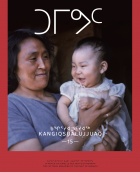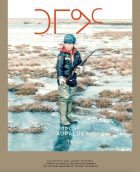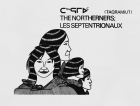News
04/23/13English Français ᐃᓄᒃᑎᑐᑦ Skip to content About Books Other Material Order News Contact Poster CD Promotional products Johnny Watt – His Life, His World, His Ways The remarkable life of an Inuk hunter, river pilot and natural-born leader, who drew on his traditions to guide the Inuit of Northern Quebec past tragedies and loss, and towards the … →

